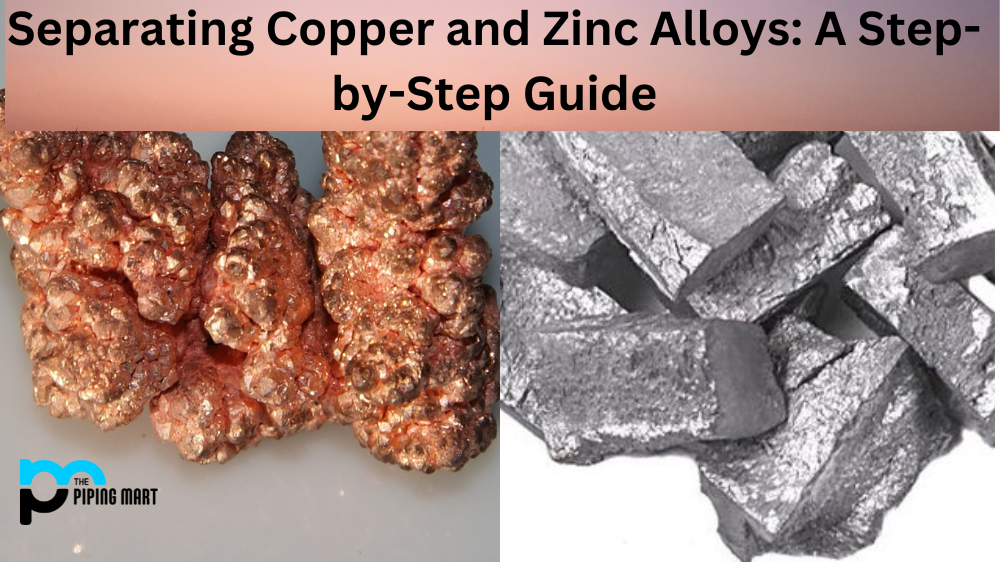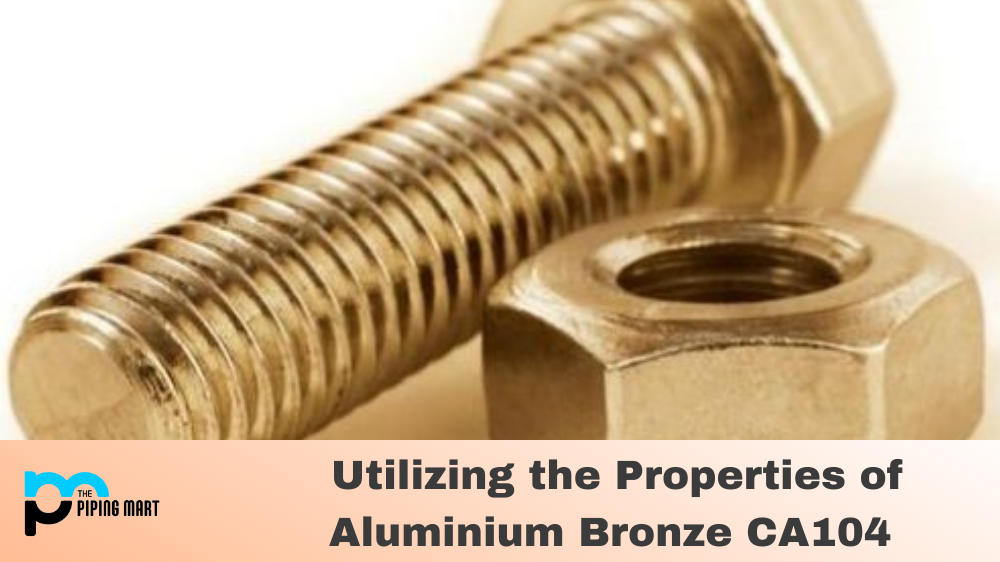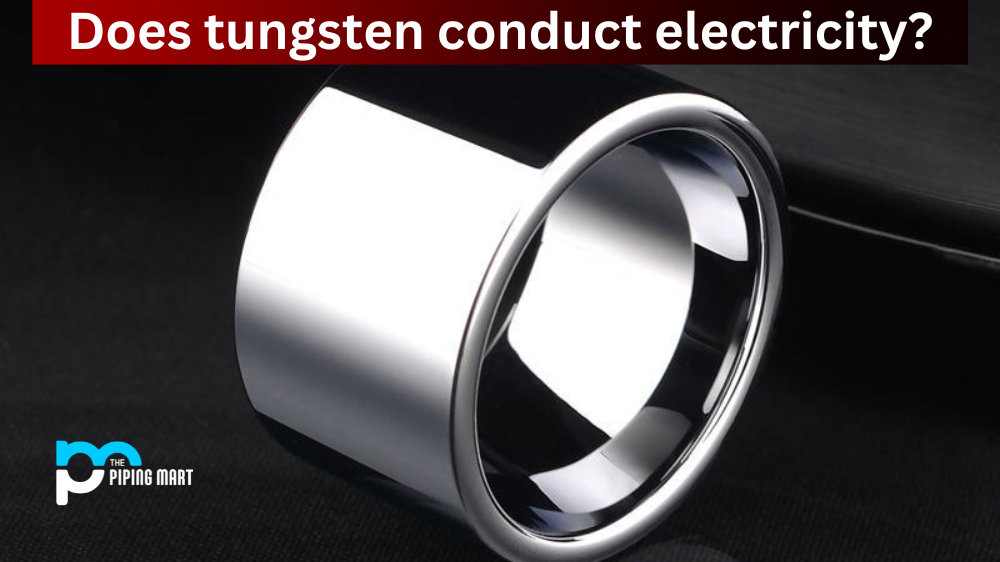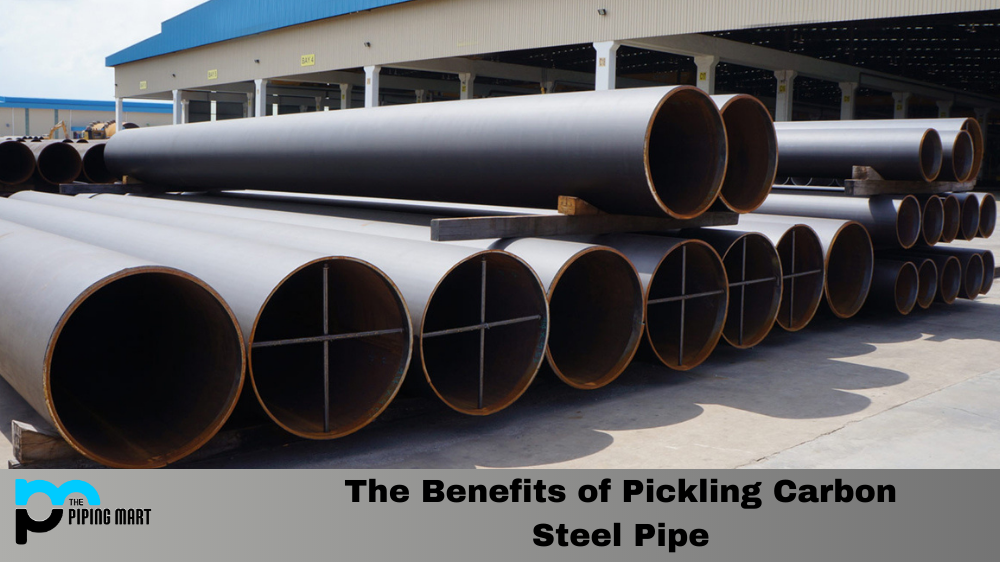When it comes to metals, alloys provide a unique set of properties that can be beneficial for certain applications. Unfortunately, this means that sometimes you need to separate the different metals in an alloy back into their pure states. If you’re looking to separate copper from zinc alloys, there are a few methods you can use. Let’s look at one method in particular – the distillation method – and break it down into its components.
Distillation Method
The distillation method is one way to separate copper and zinc. This method uses heat to vaporize the copper atoms from the zinc atoms, so you’ll need access to a high-temperature furnace. The first step is to place the alloy in the furnace and heat it up until it begins to vaporize. As the alloy vaporizes, it will produce two distinct substances – copper vapor and zinc vapor – which condense on cold surfaces near the furnace.
Once these two substances have condensed, they can be collected separately – one containing primarily copper atoms, while the other containing primarily zinc atoms. It’s important to note that some of each element may still remain in both substances; however, depending on your desired purity level, this may not be an issue for your application. If higher levels of purity are desired, additional processing may be necessary before using them for any particular application.
Finally, once both substances have been adequately cooled off, they can be removed from the furnace and stored until needed for whatever application they may be used for. As with any kind of metalworking process involving extreme temperatures such as this one, adequate safety precautions should always be taken when handling these materials!
How to separate Zinc and Copper?
Copper is a very versatile material that can be used in many different ways. The process of separating copper from other metals and materials is straightforward, but requires some knowledge of the field to do it correctly. In many cases, the best way to separate copper is by heating it up past its melting point. Once hot enough, copper liquefies and can easily be drained away from any impurities or foreign objects. Chlorination processes are also occasionally used to separate copper due to its higher reactivity upon contact with chlorine as compared to materials like steel or aluminum. Whichever method is selected for separation, copper can then be formed into whatever shape desired and put into use for a variety of purposes.
Separating zinc requires a few different steps depending on the form it is in. In its pure form, zinc can be separated using electrowinning, which uses an electrical current and a zinc sulfate electrolyte solution to pass ions back and forth across the electrolyte until solid zinc is formed. This method is highly efficient but also complex. For more common applications, chemical separation is often used, utilizing catalysts such as sodium hydroxide or potassium dichromate in combination with dilute sulfuric acid to convert the zinc into a liquid sodium-zinc alloy that naturally separates from water due to its lower density, making it easier to collect from waste streams. Once collected, it can easily be melted back down into its original form for further use.
Safety Tips for Separating Copper and Zinc Alloys
Safety should always be your top priority when separating copper and zinc alloys. Ensure you wear safety glasses when working with molten metal, as there is always a risk of splashing or flying particles that could cause severe injury or damage your eyesight. Additionally, ensure that you keep your work area clean and organized so that nothing gets in your way while working with hot metal or hazardous materials such as acids or fluxes. Finally, always remember to wear protective gloves when handling hot metals!
Conclusion
If you need to separate a copper-zinc alloy into its respective parts quickly and efficiently, distillation is a great option. While this process does involve extreme temperatures, if safety protocols are followed throughout, it should go smoothly with no unexpected surprises along the way! With that being said, though – as with all metalworking processes – it’s important to understand what you’re doing before attempting anything like this! Be safe out there!

Meet Bhavesh, a seasoned blogger with a wealth of knowledge and experience. From metal products manufacturing to retail, Bhavesh has a diverse background in various industries and is dedicated to sharing his insights and expertise with readers.




